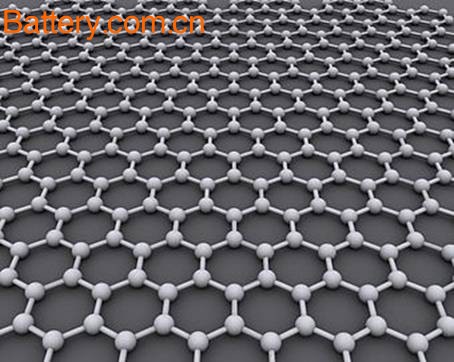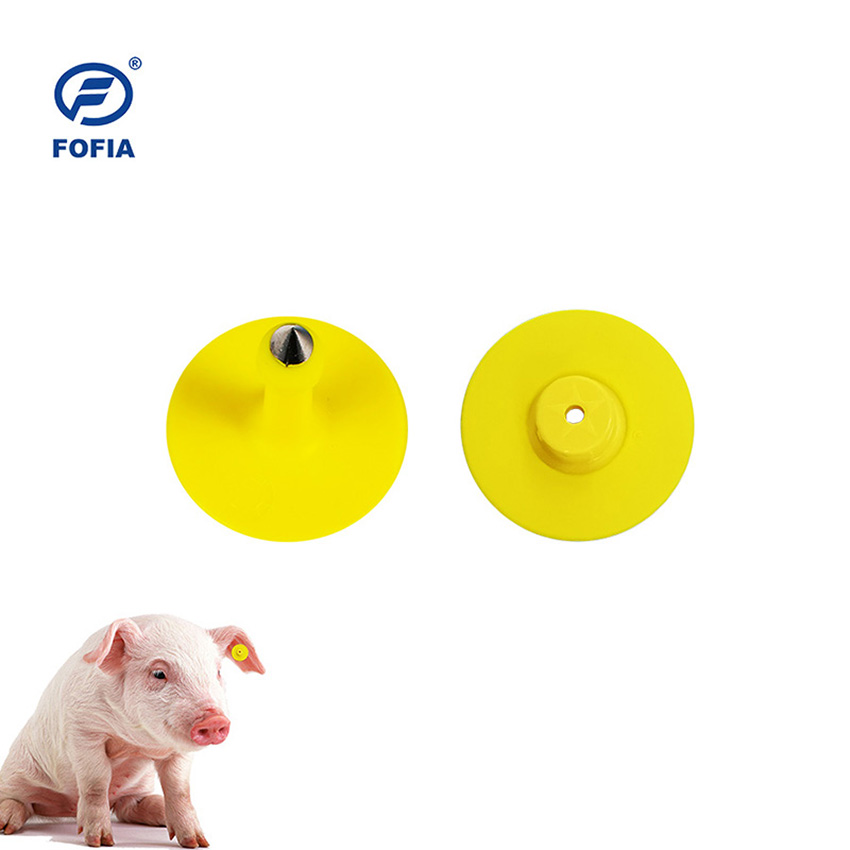Graphene is considered a revolutionary energy storage material due to its strong electrical conductivity. In recent years, with the development of new energy vehicles and mobile communication equipment, the use of graphene to improve, improve the performance of power and energy storage battery materials is becoming the focus of attention in the industry.

In the field of new energy vehicles, the concept of “graphene battery†has been repeatedly mentioned, and it seems to have become a breakthrough in the current battery technology of electric vehicles . The graphene technology battery is known as the “milestone black technologyâ€, which claims to extend the cruising range, battery life, and shorten the charging time.
However, along with the pursuit, the controversy has never stopped. The "graphene battery" at the cusp of the wind is the concept of speculation, or it will really usher in the market opportunity, still need to be seen.
"Graphene battery" does not exist
Graphene materials are mixed with traditional battery materials, which can significantly improve battery charge and discharge, cycle life, etc. It has also become a winning point for power battery companies in the new round of market competition.
It is undeniable that the innovation and research and development of graphene application technology has always been a difficult problem to restrict the industrial upgrading of China's battery-related industries.
If graphene can effectively improve the power battery capacity and achieve fast charging, it will directly hit the pain point of large-scale promotion of power batteries, and it is of great significance to the industrial upgrading of lead-acid battery industry. From this perspective, the power battery will be an opportunity for the scale application of graphene.
After conducting research and investigation on the national graphene industry, we found that adding graphene as a basic material to existing battery materials has become a common practice among mainstream battery companies in China.
The application form of graphene in the field of batteries is nothing more than three kinds: one is directly used as a positive/negative material; the other is used as a conductive additive, added to the positive/negative electrode material, or the composite material is modified to improve the electrode material. Electrode conductivity and charge and discharge rate; third, as a current collector or current collector coating, used to improve battery power characteristics.
At present, the application of graphene on lithium ion batteries mainly adopts the latter two methods.
Because graphene is directly used as a negative electrode material, its surface characteristics are easily affected by the outside world, the stability is extremely poor, and there are problems such as low efficiency for the first time, and it is difficult to meet the performance requirements of lithium ion batteries.
As an important part of the emerging energy industry strategy of lithium-ion batteries, lithium-ion batteries are a hot spot for investors to pay attention to, and some groups are inevitably involved in speculation. But to be precise, there is currently no such thing as a "graphene battery."
Previously, Dongxu Optoelectronics produced the "Alkenwang" battery, but it did not define any of its battery products as "graphene batteries."
Previously, the graphene lithium battery produced by Huawei was once hot. However, in the public information, graphene is only used as a heat-dissipating material for Huawei's battery, which is used to improve the heat dissipation performance of lithium-ion batteries, and does not directly use the graphene material to make the battery body.
Graphene does improve battery performance, but it is mainly used as an auxiliary material (additive) in battery materials. As the most innovative new material in the 21st century, graphene has a good application potential in the field of automotive batteries.
l This animal electronic ear tag is a UHF electronic tag specially designed for animal feeding and slaughter management.
l It adopts European imported chips, with high-quality read and write performance and data security.
l This product provides both open top and closed top. Together with Fofia RFID readers, they provide a beneficial solution in animal feeding, slaughter management and animal identification.

Our products can used for cattle, sheep, goat, pig, fish, pets and wild animals and we have exported to more than 90 countries during the past 20 years.
FOFIA has won a good reputation with our high-quality products, fast delivery time and excellent after-sales service. We do our own brand and also we welcome all kinds of OEM.
We have skilled workers, fully automated production lines and a professional technical team. Welcome customers all over the world to come to us to discuss cooperation, we will provide you with a satisfactory solution.
UHF Ear Tag,High Frequency Ear Tag,Rfid Tags For Animal
Wuxi FOFIA Technology Co.,Ltd. , https://www.fofiatag.com